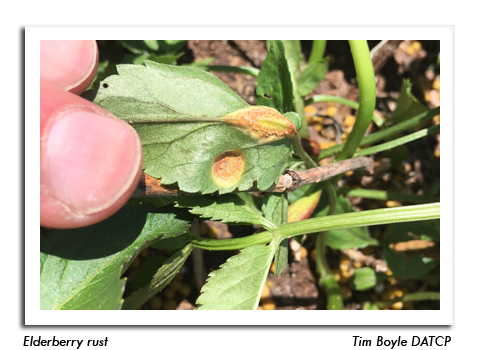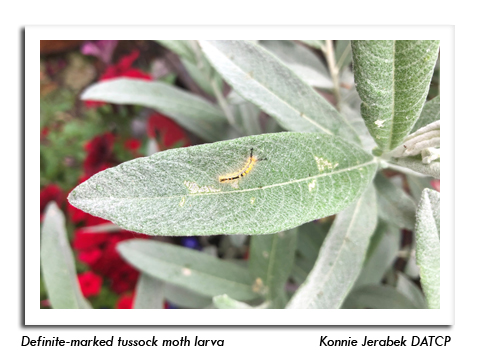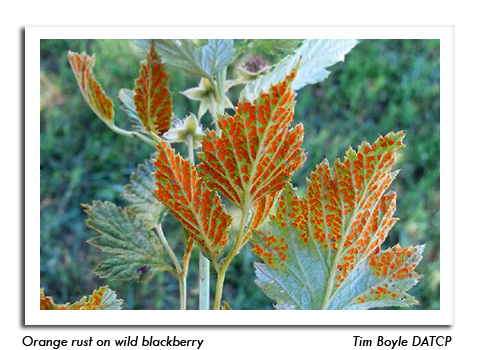
 |
|
|
Nursery & Forest
Volume 65 Number 8 Date 06/18/2020 MISLABELED NURSERY PLANTS - DATCP nursery inspectors not only monitor plant stock to ensure that it is healthy and free from insect pests and diseases, they also inspect labeling for accuracy. This includes checking the hardiness zone rating and whether a plant is properly labeled as an annual or perennial. It is not unusual for inspectors to find annual plants misrepresented as perennials. A common example is the Calla Lily, which should not be considered perennial nursery stock, defined by Wisconsin Statute 94.10(7) as "any plant that can survive a Wisconsin winter outdoors." Retailers selling mislabeled plants are issued an enforcement notice mandating the plants be removed from sale until the issue is resolved. Correcting a label can be done by placing an "Annual" sticker over the word "Perennial," or even by crossing off "Perennial" with a marker and writing the word "Annual." All signage must be corrected and the plants must be displayed in the designated "Annuals" or "Perennials" section of the sales area. DATCP recommends that impacted nurseries forward enforcement notices up the supply chain so that the inaccurate labeling issue can be corrected in future shipments to Wisconsin retailers. PLANT RUSTS - A range of plant rusts have been observed by inspectors this month. Elderberry rust was noted at a Vernon County nursery on the varieties "Black Beauty" and "Black Lace." Caused by the fungus Puccinia sambuci, this rust alternates between elderberry and at least twelve species of sedge. Symptoms include bright orange lesions that appear on the upper side of elderberry leaves, with heavy infection causing stem distortion such as bending and curling during the summer months. This rust is not lethal but it does reduce fruit yield and impacts plant growth. By late summer, irregular brown rust spots with yellow halos become visible on leaves of nearby sedge plants. Another recently observed rust disease, crown rust, was found on "Fine-line" and common buckthorn in southwestern Wisconsin. Buckthorn is the alternate host and an important inoculum source for this most widespread and damaging disease of oats in the Midwest. Orange rust, caused by the fungus Gymnoconia nitens, was observed by inspectors on wild blackberry foliage in Trempealeau County. Conspicuous symptoms are the thick, powdery orange blisters on the leaf undersides. The fungus is systemic and overwinters in the crown and roots of infected plants, leading to the production of new infected canes every year. Diseased plants often have masses of spindly shoots arising from one bud that give the plant a bushy appearance. Orange rust does not usually kill plants, but it will infect more plants in a field each year and can significantly reduce vegetative growth and yield. -- Tim Boyle, Liz Meils & Marcia Wensing, DATCP Nursery Inspectors DEFINITE-MARKED TUSSOCK MOTH - Small larvae were feeding on 'Sageleaf' willow shrubs at a nursery in Polk County. The colorful, yellow-tufted caterpillars also infest apple, ash, basswood, birches, boxelder, cherry, elm, maple, and oak, though heavy populations are uncommon. Handling is discouraged since the hairs of caterpillars in this genus are known to cause skin irritation. -- Konnie Jerabek, DATCP Nursery Inspector 
.jpg)


|
|
|